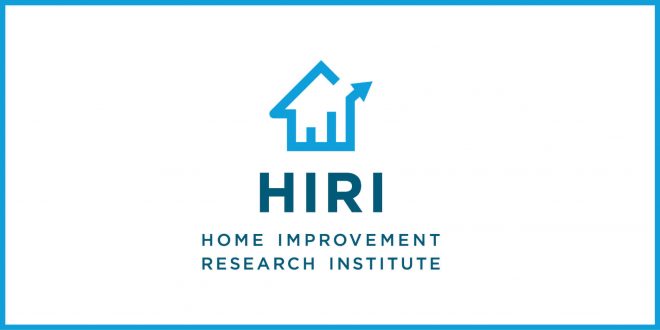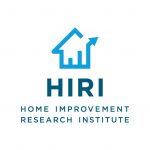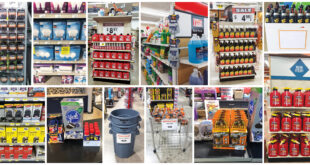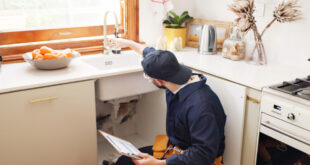To start 2022, the U.S. market was expected to transition out of the supply chain and labor difficulties caused by the pandemic. However, continued product and staffing shortages remained and were only intensified by inflation and subsequent interest rate increases made by the Federal Reserve throughout the year.
At the start of 2022, inflation was expected to level off at around 4.5%, but it ended up peaking at about 9% in June. Subsequently, consumer confidence has decreased throughout the year to levels not seen in over a decade. At the end of the year, inflation remained high—close to 8%—but it’s forecasted to drop to close to 4% or 5% by the end of 2023. The Fed is expected to ease rate hikes this year as the economy slows, but it will likely continue rate increases until inflation begins to come down more.
With increasing interest rates in 2022, new and existing home sales slowed significantly from where they were in 2021. To begin 2022, expectations for housing starts were around 1.7 million and trailed off to be about 1.4 million at the end of 2022. All regions continue to show significant decreases in single-family housing starts compared to 2021. Single-family building permits have also continued their steady decline since February, now decreasing 21.9% since 2021. Compared to 2021, new home sales are down 5.8%.
Additionally, housing affordability has decreased 34% over the last year while housing prices remain 13% above 2021. The introduction of interest rate hikes will likely slow demand for housing in 2023 as it is greatly increasing the total cost of purchasing a home compared to 2021.
The Home Improvement Research Institute’s (HIRI) Size of the Home Improvement Products Market report shows the extent to which much of the industry flourished over recent years; overall sales in 2021 are estimated to have grown 15.8% following a 14.2% growth in 2020.
While 2020 was very much led by consumers doing DIY projects, the pro market was the driver in 2021 showing over a 20% year-over-year growth. Although the market is cooling, expectations for 2022 are for an increase of 7.2% and then an increase of 1.5% in 2023.
So far, 2023 is shaping up to be another uncertain year, less robust than 2022, and certainly less so than 2021 and 2020. The overall outlook for the home improvement market in 2023 is becoming more tempered. As we walk into 2023 with some uncertainty relative to how the Federal Reserve will continue to address inflation, the outlook from pros appears to be muted but more stable than consumers; HIRI projects pro spending to grow in 2023 by 3.6%, and the consumer market is forecasted to remain relatively flat, growing 0.6% in 2023.
Projected housing starts for 2023 are forecasted to be like 2022 with multi-family starts increasing and singlefamily starts decreasing slightly. While declining home prices remain a challenge as the availability of home equity and credit standards tighten, there is a reason for hope. There is a backlog of work for pros, and as current homeowners opt to delay a new home purchase, there will be an increase in remodeling activity in 2023.




 Hardware Retailing The Industry's Source for Insights and Information
Hardware Retailing The Industry's Source for Insights and Information




 About HIRI
About HIRI



